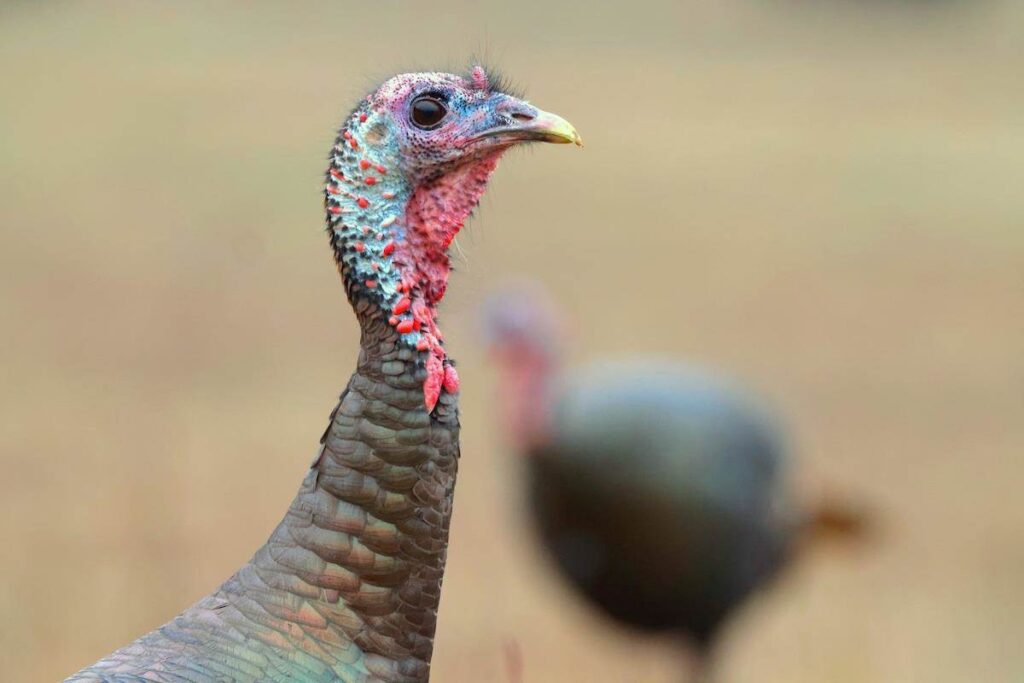
HOW WHITETAILS SURVIVE WINTER

Author: Mossy Oak
Published: December 8, 2022
If you’ve ever wondered how these animals do it, Mossy Oak wrote an article on it! Check it out.
“It was just a whiff of a breeze but the bitter cold air stung my face just the same. Moisture from my breath formed tiny icicles on the hair around my mouth and nose. Winter had arrived and a late muzzleloader hunt was proving to be a battle of endurance. Early snow came as fluffy, white powder but warm days and cold nights had gradually converted that to a hard crust that cracked loudly when stepped on, making still-hunting virtually impossible. On the upside, it would provide ample warning of any approaching deer, which it soon did.
The deer, too, seemed perturbed by their noisy movements, walking a short distance then pausing at length to look and listen – as if knowing the peril of announcing their presence to all within earshot. The first to break cover was a doe, or maybe a fawn. It’s hard to tell when the youngsters have reached nearly full size and the thick winter fur on their faces gives them the appearance of a stuffed animal. More does broke cover, making it easier to distinguish young from old by comparing body size.
The last deer showed a glint of antler, and a rush of adrenaline combined with the recent realization of how cold I really was had me shaking nearly uncontrollably. Through a veil of warm breath, I could see the left side of his head sported a modest beam with three upright tines. There was nothing on the right, and when he turned I saw a red circle of flesh, indicating he’d recently shed one side. A month, or even a week earlier I would not have hesitated to venture a shot, but now I decided to pass in hopes we might cross paths next year when he held a larger and complete rack. A nice, fat doe would suffice to top off my winter food stores, and it would mean one less hungry mouth feeding on the landscape.
Winter is a period of peril, when food is scarcest and least nutritious, and climatic conditions and selective pressures push deer to the brink of survival. Only the strong will make it, but that’s nature’s way of ensuring the herd and the species remain healthy. They’ve been doing it for eons and continually test the boundaries, expanding in range and number in mild winters and contracting in severe ones. Nature keeps them in check but we can sometimes offer a helping hand in getting them through the bottleneck of winter.
HOW DO WHITETAILS MAKE IT THROUGH WINTER?
Whitetails have developed several different physical, physiological and behavioral strategies to make it through winter. One is larger body size. “Bergmann’s rule” states that “…within a broadly distributed taxonomic clade, populations and species of larger size are found in colder environments, while populations and species of smaller size are found in warmer regions.” It’s a strategy for energy conservation because larger animals actually have a lower “surface area to volume ratio” than smaller ones; so they radiate less body heat per unit of mass. That alone is often not enough.
Whitetails, like all animals, must constantly balance the cost: benefit ratio of energy. They must expend energy to feed, and thus take up more energy. When temperatures drop and snow piles up, it takes more energy to move. At some point, the cost exceeds the benefit. One way to avoid excess loss is simply to stop moving. Deer do move less in winter and may even “lay up” for extended periods of extreme cold, but eventually they’ll have to eat just to maintain body function.
Depending on geographic location, climate and the relative severity of a given winter, the balance shifts and deer begin operating at a loss, not unlike many state governments, as energy costs exceed income. However, they’re prepared for this transition.
Some time back in late summer or early fall their diet shifted, from foods with high levels of protein they needed for growth and metabolic function to carbohydrates they can convert to build up winter fat. Anyone who has killed a big northern whitetail in early November has probably encountered this thick layer of tallow, especially around the belly and saddle.”
The full article can be found here.
Photo Credit: Original Author






No Comments